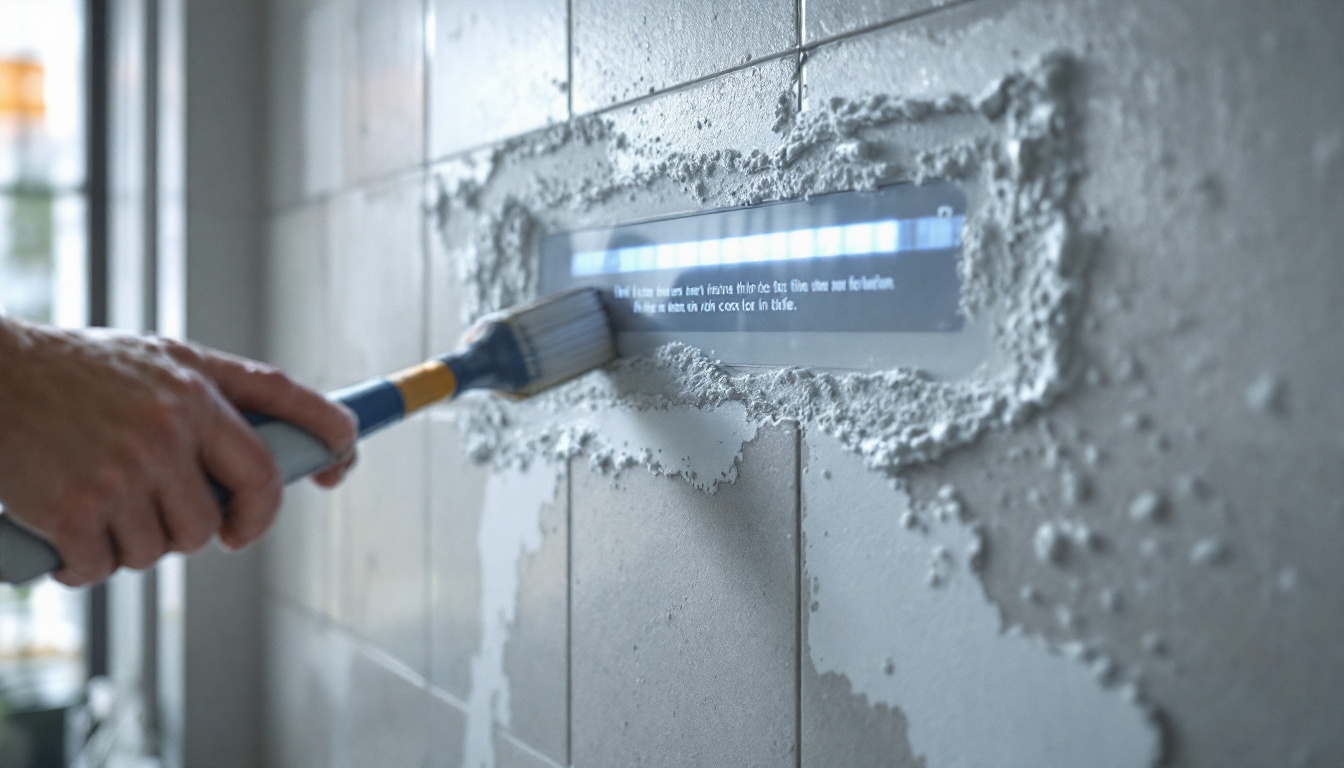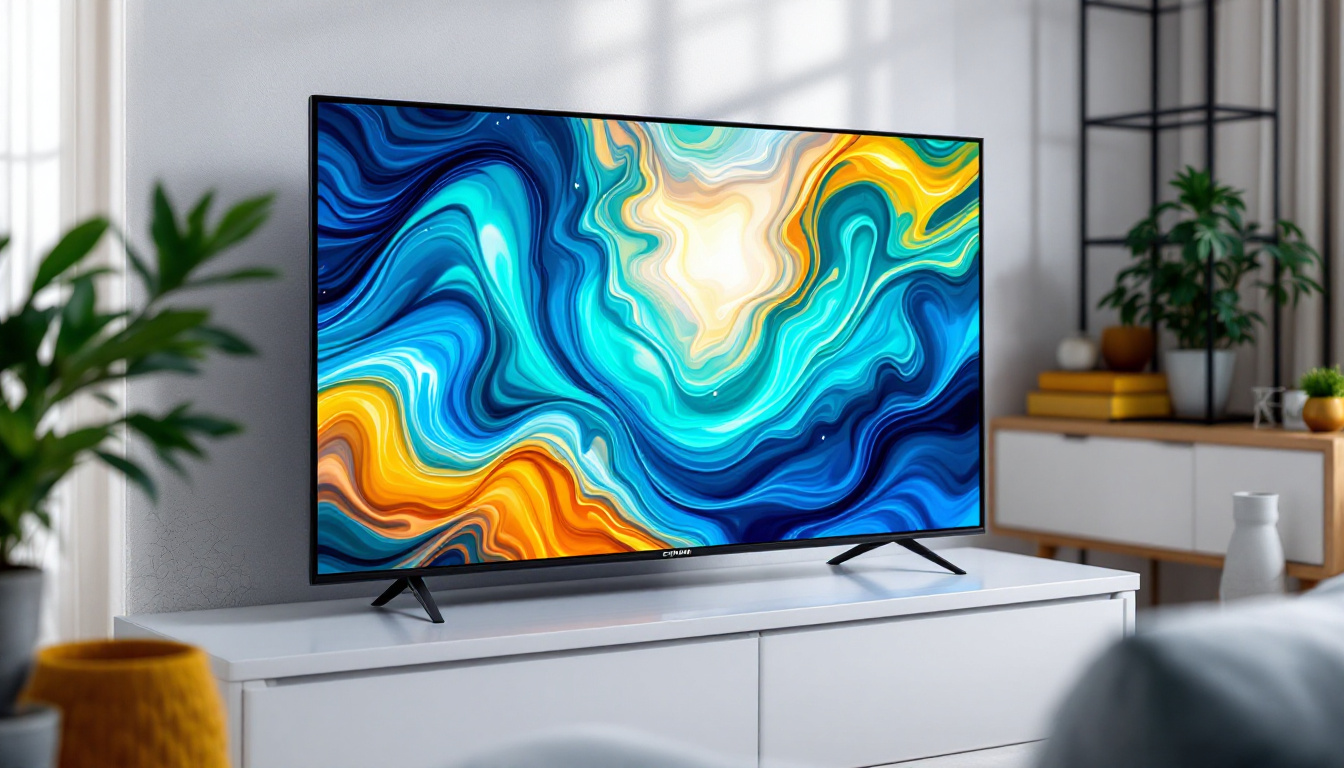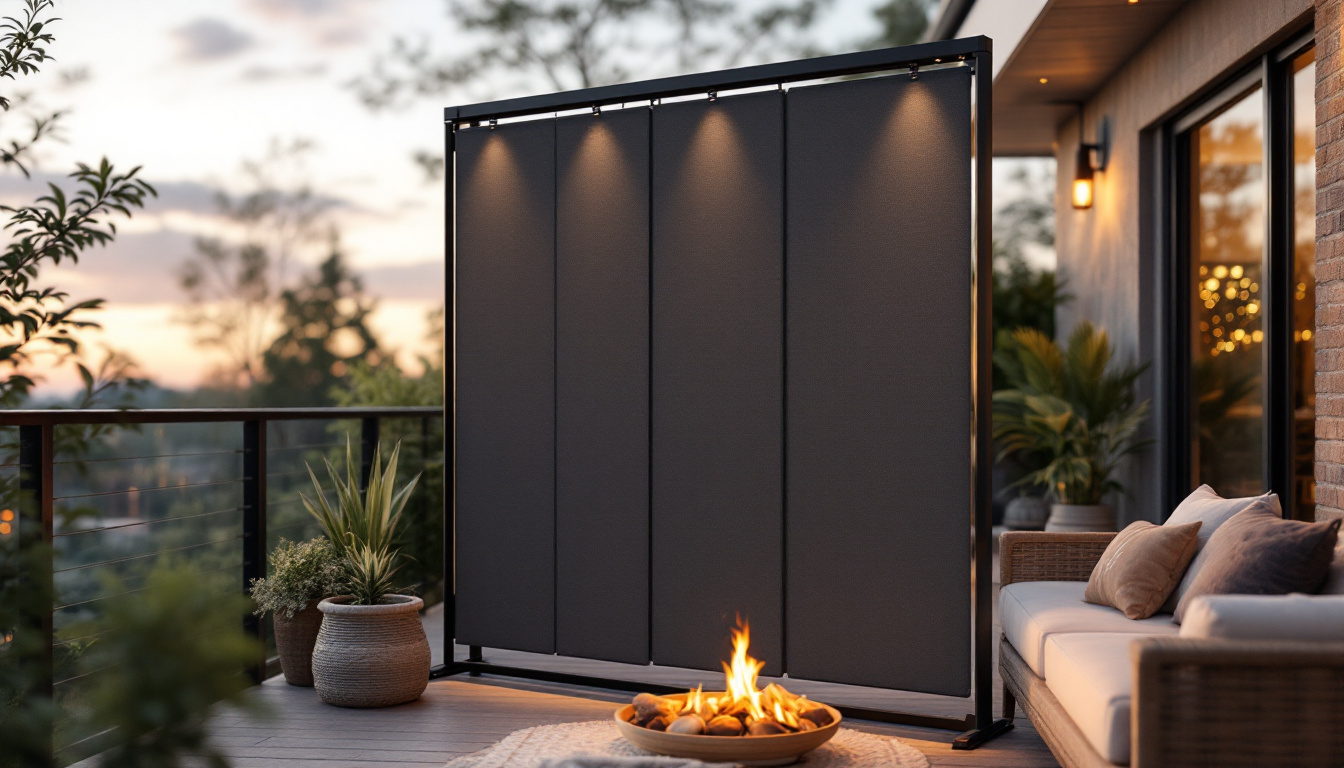When it comes to tiling walls, choosing the right thin set is crucial for achieving a professional finish. The thin set acts as the adhesive that bonds the tiles to the wall, ensuring durability and longevity. This article explores the best thin sets available for wall tiles, focusing on their properties, applications, and how to select the right one for your project.
Understanding Thin Set Mortar
Thin set mortar is a mixture of cement, fine sand, and water-retaining agents. It is designed to adhere tiles to various surfaces, providing a strong bond that can withstand the test of time. The composition of thin set can vary, leading to different types suited for various applications. This versatility makes it a popular choice among both DIY enthusiasts and professional tile installers, as it can be adapted to meet the specific needs of a project.
In addition to its primary function of bonding tiles, thin set mortar also plays a crucial role in leveling and smoothing the surface beneath the tiles. This is particularly important when working with uneven substrates, as a well-applied thin set can help create a flat and stable foundation, ensuring that the tiles not only look good but also perform well over time. As a result, understanding the properties and types of thin set mortar is essential for achieving a successful tile installation.
Types of Thin Set Mortar
There are several types of thin set mortars available, each tailored for specific conditions and tile types. The most common types include:
- Standard Thin Set: Ideal for most ceramic and porcelain tiles, this is the most widely used type.
- Modified Thin Set: This includes additives that enhance flexibility and adhesion, making it suitable for challenging environments.
- Unmodified Thin Set: Typically used with natural stone tiles and in situations where moisture control is critical.
In addition to these common types, there are also specialized thin set mortars designed for specific applications, such as rapid-setting thin sets that allow for quicker installation and grouting. These fast-setting options are particularly beneficial in commercial settings where time is of the essence. Furthermore, some thin sets are formulated to be lightweight, making them easier to handle and apply, which can be a significant advantage for large projects or when working overhead.
Key Properties of Thin Set Mortar
When selecting a thin set, it is essential to consider its properties. Key characteristics include:
- Adhesion Strength: A good thin set should provide a strong bond to prevent tiles from loosening over time.
- Flexibility: Modified thin sets offer flexibility, which is crucial for areas prone to movement.
- Water Resistance: For wet areas like bathrooms, water-resistant thin sets are essential to prevent mold and mildew.
Another important property to consider is the open time of the thin set, which refers to the period during which the mortar remains workable after it has been applied. This is particularly relevant in larger installations where tiles need to be adjusted before the mortar sets. Additionally, the drying time can vary significantly between different types of thin set, impacting the overall project timeline. Understanding these properties can help ensure that the chosen thin set meets the demands of the specific installation environment, ultimately leading to a more durable and aesthetically pleasing result.
Choosing the Right Thin Set for Wall Tile
Selecting the appropriate thin set for wall tiles involves understanding the specific requirements of your project. Factors such as tile type, wall surface, and environmental conditions play a significant role in this decision.
Tile Type Considerations
The type of tile being installed greatly influences the choice of thin set. Ceramic and porcelain tiles typically require standard or modified thin sets, while natural stone tiles may necessitate unmodified thin sets to avoid discoloration and damage.
Surface Conditions
The surface on which the tiles will be installed also affects the choice of thin set. Smooth, non-porous surfaces may require a different adhesive compared to rough or porous surfaces. For example, drywall surfaces often work well with standard thin sets, while cement backer board may require a modified thin set for better adhesion.
Environmental Factors
Consider the environment where the tiles will be installed. Areas exposed to moisture, such as bathrooms and kitchens, benefit from water-resistant thin sets. Additionally, if the installation is in a high-traffic area, a more robust thin set may be necessary to withstand wear and tear.
Top Thin Set Products for Wall Tile
With a plethora of options available, it can be challenging to determine the best thin set for wall tile projects. Here are some top products that have garnered positive reviews for their performance and reliability.
1. MAPEI Thin Set Mortar
MAPEI offers a wide range of thin set mortars suitable for various applications. Their products are known for exceptional adhesion and flexibility, making them ideal for both residential and commercial projects. MAPEI’s modified thin sets are particularly favored for their ease of use and superior bonding capabilities.
2. Custom Building Products Thin Set
Custom Building Products provides a selection of thin sets that cater to different tile types and installation conditions. Their products are designed for easy mixing and application, ensuring a smooth installation process. The versatility of their thin sets makes them a popular choice among professionals and DIY enthusiasts alike.
3. Laticrete Thin Set Mortar
Laticrete is another reputable brand known for its high-quality thin set mortars. Their products are engineered for performance, offering excellent adhesion and moisture resistance. Laticrete thin sets are particularly effective in wet environments, making them a preferred choice for bathroom and kitchen installations.
Application Tips for Thin Set Mortar
Proper application of thin set mortar is crucial for achieving a successful tile installation. Here are some essential tips to ensure a smooth and effective application process.
Surface Preparation
Before applying thin set, it is vital to prepare the surface adequately. Ensure that the wall is clean, dry, and free from any debris or contaminants. If the surface is uneven, consider using a leveling compound to create a smooth base for the tiles.
Mixing the Thin Set
Follow the manufacturer’s instructions for mixing the thin set. Typically, this involves combining the dry mortar with water in a clean bucket. Use a mixing paddle to achieve a consistent, lump-free texture. Allow the mixture to slake for the recommended time before using it.
Applying the Thin Set
Use a notched trowel to apply the thin set to the wall. The size of the notches will depend on the tile size; larger tiles may require a larger notch. Spread the thin set evenly, ensuring full coverage for optimal adhesion. Press the tiles firmly into the thin set, twisting slightly to ensure a solid bond.
Common Mistakes to Avoid
Even experienced tilers can make mistakes during the installation process. Here are some common pitfalls to avoid when working with thin set mortar.
Using the Wrong Thin Set
Choosing the incorrect thin set for your tile type or installation environment can lead to poor adhesion and premature failure. Always verify that the thin set is suitable for the specific materials and conditions of your project.
Inadequate Surface Preparation
Failing to prepare the surface properly can result in tiles that do not adhere correctly. Take the time to clean and level the surface before applying thin set to ensure the best possible bond.
Neglecting Drying Times
Rushing the installation process can lead to complications. Allow the thin set to cure fully before grouting or exposing the tiles to moisture. Adhering to the manufacturer’s recommended drying times is essential for a successful installation.
Maintenance of Tiled Walls
Once the tiles are installed, proper maintenance is key to ensuring their longevity. Regular cleaning and care can help preserve the appearance and functionality of tiled walls.
Regular Cleaning
Dust and grime can accumulate on tiled walls over time, making regular cleaning essential. Use a mild detergent and a soft cloth or sponge to clean the tiles without scratching their surface. Avoid harsh chemicals that could damage the grout or thin set.
Inspecting for Damage
Periodically inspect the tiled walls for any signs of damage or wear. Look for loose tiles, cracks, or discoloration in the grout. Addressing these issues promptly can prevent further damage and maintain the integrity of the installation.
Regrouting When Necessary
Over time, grout can become discolored or cracked. Regrouting may be necessary to restore the appearance and functionality of the tiled surface. Ensure that the old grout is removed thoroughly before applying new grout for optimal results.
Conclusion
Choosing the best thin set for wall tile is a critical step in achieving a successful tile installation. By understanding the different types of thin sets, their properties, and the specific requirements of your project, you can make an informed decision. Whether opting for MAPEI, Custom Building Products, or Laticrete, selecting a high-quality thin set will ensure that your tiles adhere securely and last for years to come.
With proper application techniques and ongoing maintenance, tiled walls can enhance the aesthetic appeal and functionality of any space. By avoiding common mistakes and following best practices, the installation process can be smooth and rewarding. Embrace the art of tiling, and enjoy the beautiful results that come from using the right materials and techniques.
Illuminate Your Space with LumenMatrix LED Displays
Just as the right thin set is essential for a perfect wall tile installation, the right LED display can transform your space into a vibrant and engaging environment. LumenMatrix, a pioneer in LED display technology, offers a wide array of solutions to meet your visual communication needs. From Indoor and Outdoor LED Wall Displays to innovative options like Vehicle LED Displays and LED Transparent Displays, LumenMatrix is committed to enhancing your brand’s visibility and creating immersive experiences. Elevate your space today and check out LumenMatrix LED Display Solutions for unparalleled quality and performance.































